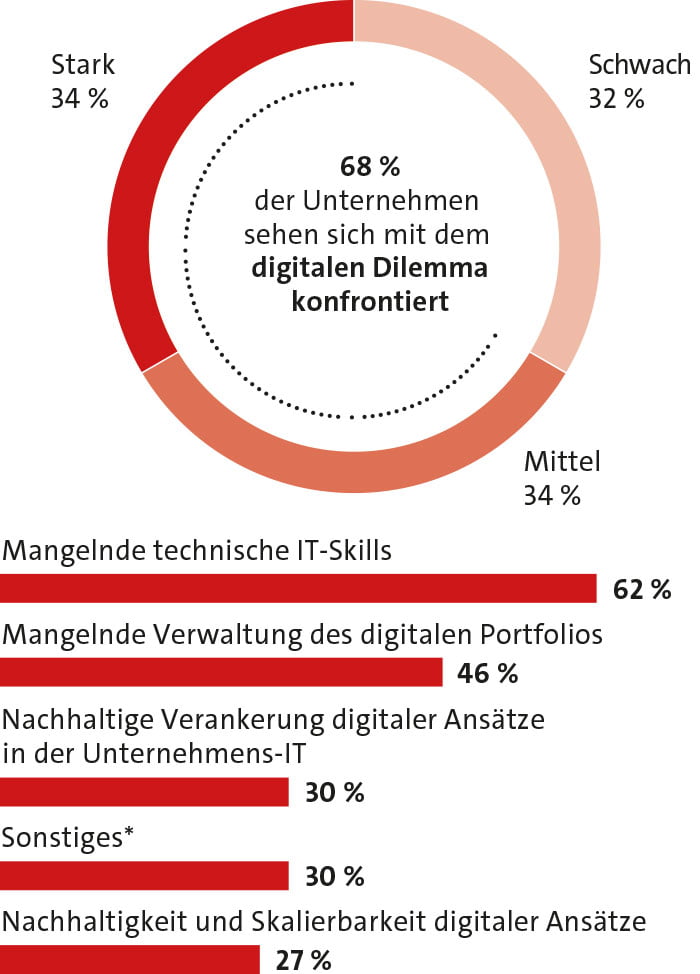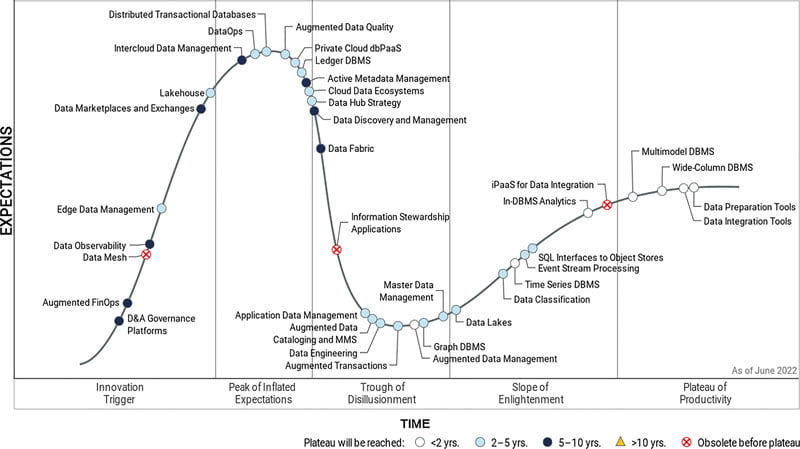Conversion and transformation


Few existing SAP customers have begun to build up their own staff, resources and thus expertise in time to master the digital transformation with all its facets. The majority are turning to SAP partners and consulting firms. SAP partners with their own tools for digital transformation and S/4 Hana conversion are in particularly high demand. A star in the IT scene and SAP community is Data Migration International, DMI, from Switzerland, because this company took on the challenge many years ago, which is defined precisely by the legendary book title of professor and computer science pope Niklaus Wirth of ETH Zurich: Algorithms and Data Structures.
Any information technology transformation can only succeed if the business processes (algorithms) and the business information of the organizational and operational structure (data structures) are consolidated, harmonized, orchestrated and ultimately transformed.
Databases without associated business processes have no added value. Many existing SAP customers are currently becoming painfully aware of this dilemma during their upcoming version change.
Companies have been talking about the need for digital transformation for years. The entire organization is to be transformed into a single digital entity in which employees, customers, suppliers, products and machines are linked in a data-driven network. Despite high investments in this project, disillusionment has often set in today. In the Roland Berger study "The Digital Dilemma - Why Companies Struggle to Master Digital Transformation," more than two-thirds of respondents said their companies encounter challenges in the transformation to a digital organization.
"The digital dilemma faced by companies that fail to make progress in their digital transformation is mostly not caused by technical limitations, but by organizational and strategic failures of the companies"says Jochen Ditsche, Partner at Roland Berger.
The classification of data and algorithms by DMI's IT tools solves the fundamental problem of dependencies. The Roland Berger study states: Ultimately, a lean enterprise and data architecture that is modular and tailored precisely to the needs of the company is of great importance. The best results are achieved when companies first introduce data architecture principles and standards for this purpose. "Companies must embrace ongoing digital transformation to remain competitive. To do this, there are critical factors that leaders should consider: a comprehensive analysis of digital capabilities in the company, a long-term strategy with clear direction, continuous improvement processes, a cross-functional task force of key leaders", says Ditsche.
"The success of digital companies depends largely on the modernization of their IT"postulates DMI founder and CEO Thomas Failer. "In particular, it is important that the various layers in the technology stack are cleanly separated, starting at the hardware level and working all the way up to the experience layer. Only if the layers are cleanly separated can they be managed and operated independently of each other. From my personal point of view, this separation is an essential prerequisite for what Gartner calls a Composable Business Architecture. It enables a company to flexibly adapt and recompose its resources to changing conditions at any time."

SAP recognized the need for a digital transformation many years ago. However, the ERP world market leader was too focused on algorithms due to its R/3 past. SAP recognized very well that a new ERP also needed an innovative data platform: The in-memory computing database Hana was created. SAP placed a major focus on streamlining the system itself: New algorithms were programmed. Too little attention was paid to composability and the Gartner concept Data Fabric, see graphic, was poorly implemented with SAP's Data Hub.
SAP lacks a holistic view of corporate data. SAP partner DMI has the broader horizon and thus the better concept for the upcoming data conversion. "The opportunities outweigh the risks"Thomas Failer comments on the transformation of SAP's existing customers. "The transformation to SAP S/4 Hana represents a unique opportunity to fundamentally modernize our own IT, i.e. to introduce the layer model that cleanly separates between the individual layers. The model here is the cloud, from infrastructure all the way up to the operation and management of cloudnative applications and services that handle rather specific tasks and can be recombined and reused again and again. It is this new way of delivering, operating and using IT that sets the cloud apart. This should be considered independently of the question of where this type of IT is operated. That place may as well be in your own data center."

Integrated interaction
A survey conducted by IG SAP in Switzerland seems particularly revealing: According to the study, CIOs know that data is important, but only five percent actually care about it. For study leader Peter Hartmann of IG SAP Switzerland, the fact is that the approach of a holistic view of business processes, data and technologies contained in Rise with SAP is already established in many IT/SAP areas in companies. That's where integrated interaction with SAP can seem positive.
But DMI CEO Failer observes that many Big Data projects, perhaps even most, have petered out. "They usually resulted in projects in which so-called data lakes were set up," Failer analyzes and specifies: "But since a central data repository alone provides little or no benefit from a business perspective, the full-bodied announcements have been followed by little."
From a DMI perspective, it's perfectly clear: data, whether structured or unstructured, needs a context in order to have meaning. Only then can it be decided whether this meaning is business-relevant or not. Thomas Failer on this: "Because of the scale of importance, the success of any kind of Big Data or analytics project depends on data stewards being on board from the start. This includes data scientists as well as business users who generate and process this data. And, of course, CIOs must be sponsors of these projects and bear overall responsibility. In other words, at an organizational level, these projects need to be viewed, planned and implemented holistically."
Finally, Jochen Ditsche, Partner at Roland Berger: "It is not uncommon to lack influential advocates who can demonstrate the benefits and opportunities of the projects. That's why these projects fail due to a lack of resources to implement them on a large scale. Executives must have internalized digital transformation. Only then will their company be attractive to digital talent, stand out from the competition, drive revenue growth or achieve further savings."






